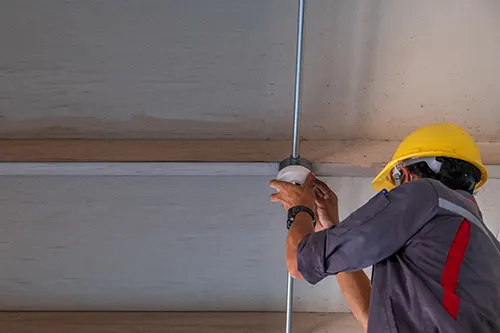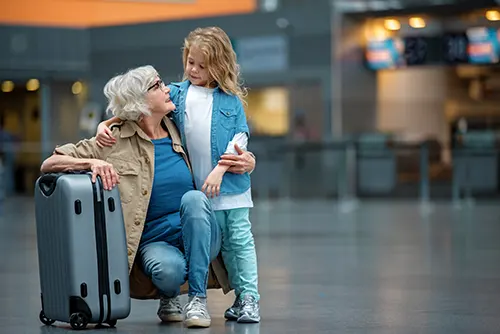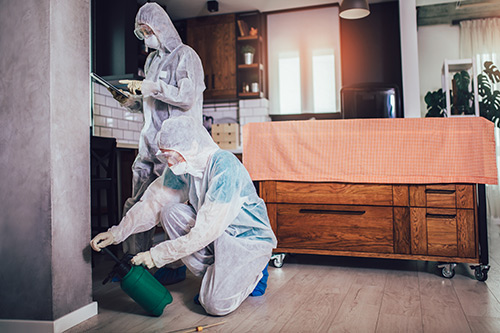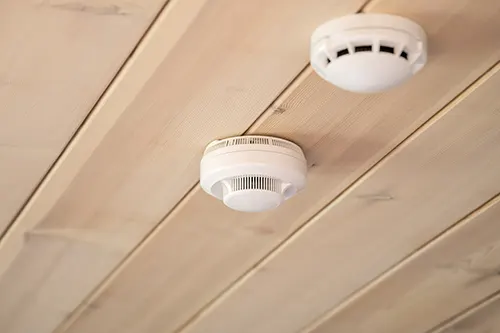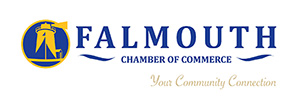
Cloud services are used for multiple purposes in corporate environments, from storing data in services like Box, to accessing productivity tools through Microsoft 365, and deploying IT infrastructure in Amazon Web Services (AWS). In all these uses, cloud services allow organizations to move faster, accelerating their business with more agile technology, often at a lower cost. However, the use of any cloud service comes with the challenges and risk of data security in the cloud. Security for the data created in the cloud, sent to the cloud, and downloaded from the cloud is always the responsibility of the cloud customer. Protecting cloud data requires visibility and control. In the steps below, we’ve outlined a core set of best practices for cloud security that can guide enterprises toward a secure cloud and address cloud security issues.
Phase 1: Understand cloud usage and risk
The first phase of cloud computing security is focused on understanding your current state and assessing risk. Using cloud security solutions that allow for cloud monitoring, you can accomplish the following steps:
Step 1: Identify sensitive or regulated data. Your largest area of risk is loss or theft of data that will result in regulatory penalties, or loss of intellectual property. Data classification engines can categorize your data so you can fully assess this risk.
Step 2: Understand how sensitive data is being accessed and shared. Sensitive data can be held securely in the cloud, but you have to monitor who accesses it and where it goes. Assess the permissions on files and folders in your cloud environment, along with access context like user roles, user location, and device type.
Step 3: Discover shadow IT (unknown cloud use).
Most people do not ask their IT team before signing up for a cloud storage account or converting a PDF online. Use your web proxy, firewall, or SIEM logs to discover what cloud services are being used that you don’t know about, then run an assessment of their risk profile.
Step 4: Audit configurations for infrastructure-as-a-service (IaaS) such as AWS or Azure.
Your IaaS environments contain dozens of critical settings, many of which can create an exploitable weakness if misconfigured. Start by auditing your configurations for identity and access management, network configuration, and encryption.
Step 5: Uncover malicious user behavior.
Both careless employees and third-party attackers can exhibit behavior that indicates malicious use of cloud data. User behavior analytics (UBA) can monitor for anomalies and mitigate both internal and external data loss
Next week, we'lll go to Phase 2!
Source: skyhighsecurity

